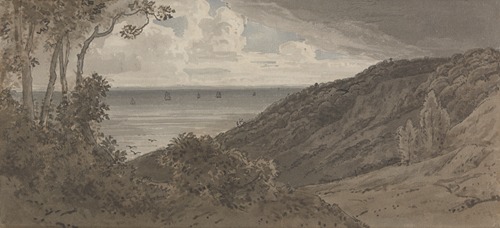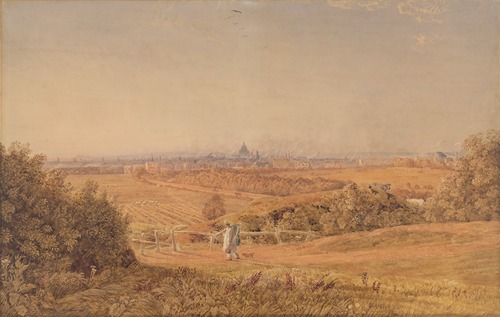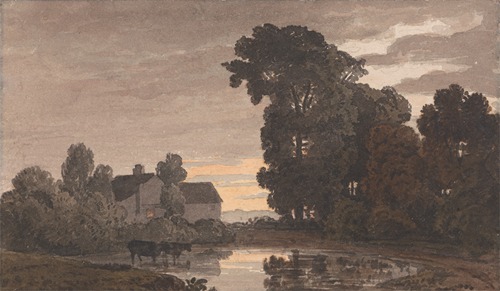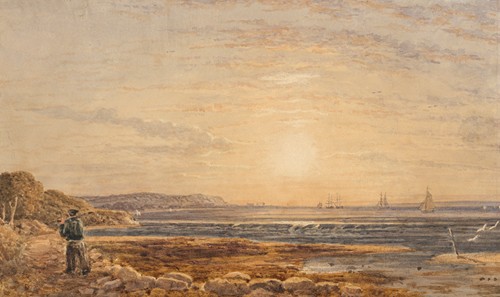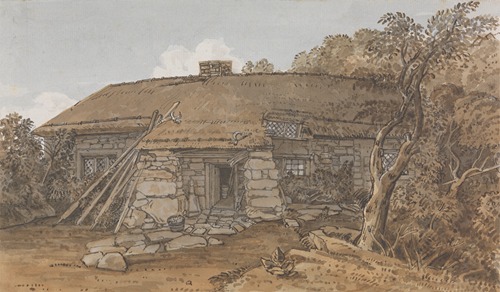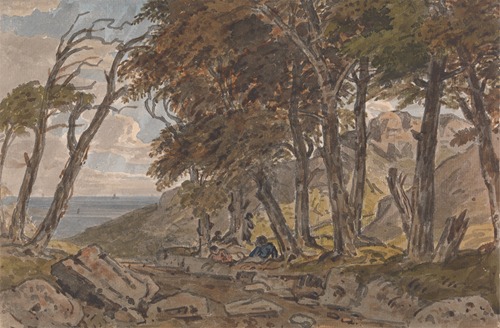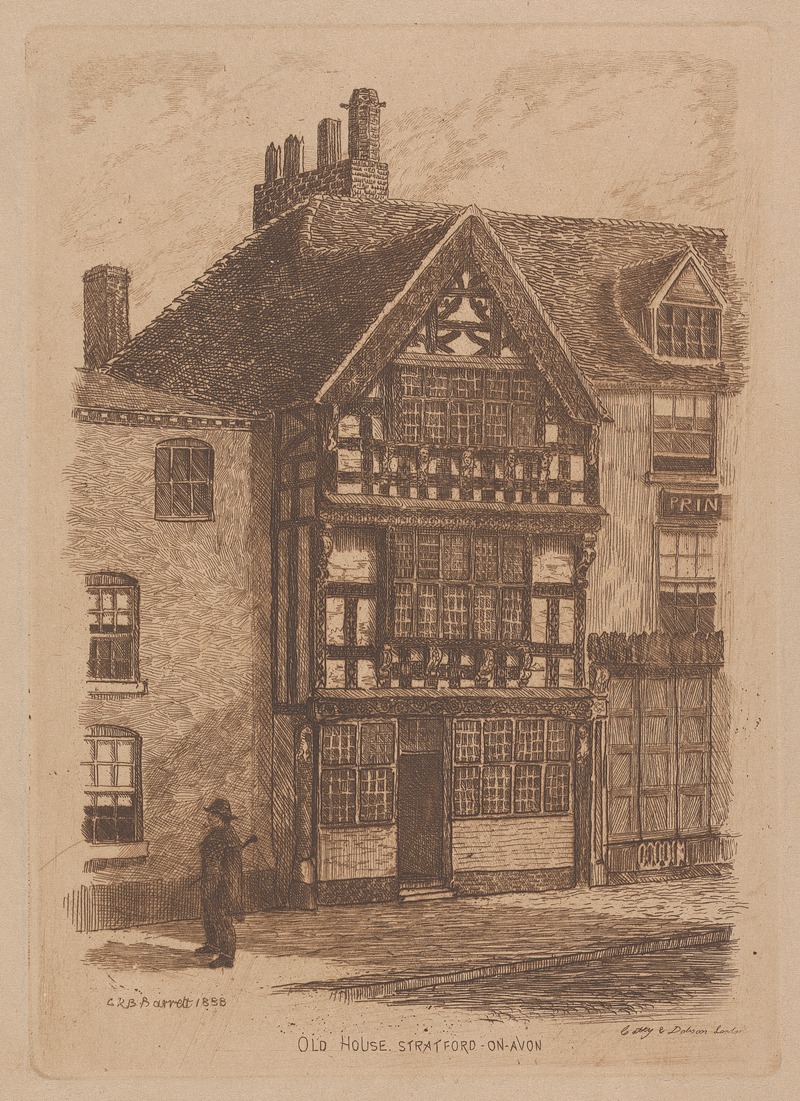

George Barret Jr., sometimes referred to as George Barret the Younger, was an English landscape painter, and a son of the Irish artist George Barret Sr.
Almost certainly taught by his father, he exhibited at the Royal Academy from 1800 to 1803. He was an early member of the Society of Painters in Water Colours when it was founded in 1804, and exhibited prolifically, never missing an exhibition for 38 years. Little is known of his early years, except that in 1767 he was born in Orchard Street in London, off Portman Square, where his father lived after moving from his native Ireland. Throughout his life, he rarely left London apart from sketching excursions in the Home Counties. George Barret was seventeen when he and his brothers and sisters were left fatherless, and had to support themselves by their own efforts. Three of them, beside himself, took to the practice of art, but George was by far the most gifted artistically.
His earlier works were views of the Thames Valley and Home Counties and a few of Wales, but he increasingly turned to romantic compositions of a Claudian type showing poetic sunrises and sunsets without reference to locality. These early works were mainly topographical views in oil, but after he helped found the Water-Colour Society he turned to watercolour. Later on he became influenced by ideal landscape painters such as Claude Lorrain. From time to time Barret collaborated with other artists, notably Joshua Cristall around 1830, and in 1840 he published The Theory and Practice of Water-Colour Painting. A truly visionary painter, his artistic power remained unimpaired to the last, even though his life was one long struggle against financial ruin.
He lived most of his life in Paddington, where he died on 19 March 1842. Like his father before him, he died destitute. He was buried in the ancient churchyard of St. Mary's, Paddington.
